This article was medically reviewed by Luba Lee, FNP-BC, MS. Luba Lee, FNP-BC is a Board-Certified Family Nurse Practitioner (FNP) and educator in Tennessee with over a decade of clinical experience. Luba has certifications in Pediatric Advanced Life Support (PALS), Emergency Medicine, Advanced Cardiac Life Support (ACLS), Team Building, and Critical Care Nursing. She received her Master of Science in Nursing (MSN) from the University of Tennessee in 2006.
There are 16 references cited in this article, which can be found at the bottom of the page.
This article has been viewed 130,541 times.
The Epstein-Barr virus, or EBV, is a very common virus. It can cause infectious mononucleosis (“mono”), especially in young adults and adolescents; however, not everyone gets mono, and some people have no symptoms at all, making the virus tough to spot.[1] If you're concerned, there are some key symptoms to watch out for.
Steps
Checking for Symptoms
-
1Watch for flu-like symptoms. When the symptoms first occur, you may feel like you have a cold or the flu. For example, you may get a runny nose, headache, fever, sore throat, or cough. You might also feel more tired or achy than usual.[2] As you get sicker you might experience more serious symptoms that are associated with mono.
-
2Take your temperature. With EBV or mono, you might run a fever of about 102°F or 39°C.Advertisement
-
3Try swallowing. Both pain when you swallow and a sore throat that lasts for over two weeks are typical of the virus and mono.[3]
-
4Look in your throat. About 30% of people with EBV also get strep throat.[4] Usually you’ll see white blotches on your throat and tonsils when you have strep throat. A health care provider can test you for strep throat and prescribe antibiotics if you test positive for the infection.
- If you have both mono and strep, use of amoxicillin should be avoided due to risk of drug-related rash.
-
5Notice if you’re feeling especially tired or sore. People with mono or EBV often complain of long-term fatigue, achy muscles, and weakness. You might also feel a general malaise or strong sense that you’re simply not as healthy as usual. If your upper-left abdomen is sore, you might have a swollen spleen.[5]
-
6Feel for tender and/or swollen lymph nodes. You might have swollen lymph nodes in your neck or armpits. Here are some suggestions for checking for swelling:[6]
- Feel the area around your larynx and under your jaw. It may be helpful to turn your head towards the side you’re checking or to hunch your shoulders forward. This will relax your muscles. You’re looking for any tenderness or swelling. Enlarged lymph nodes at the back of your neck are very common with mono.
- Use your opposite hand to check under your arm. Lift your right arm slightly and feel under it with your left hand. You should feel around the borders and in the middle of your armpit.
- Try sitting down when checking your lymph nodes so you’re most relaxed.
-
7Check for a rash. The rash will first appear on your torso and upper arms, then may spread to your face and forearms. You can also develop red splotches on the roof of your mouth. If you take antibiotics to fight any other infections you might get as a result of EBV, you can also develop rashes related to those antibiotics. Rashes in EBV patients can appear in many ways, including:[7] [8]
- Red spots that look like measles
- Raised bumps
- Little blisters
- Purplish
Treating EBV
-
1Get plenty of rest. Since mono is a virus and can't be cured with medication, supportive treatment is recommended. Resting will give your body a chance to heal itself and will help if you’re feeling very tired all of the time.[9]
- Try to avoid being completely inactive — move around a little when you can. Clinical evidence shows that prolonged time in bed might slow down your recovery.[10]
- Return to your normal activities slowly.
- Consider taking time off of work or school until you’re feeling like yourself again.
-
2Drink lots of water and other liquids. Drinking will relieve your sore throat and keep your system hydrated. Keep in mind that your body also needs more water when you have a fever.[11]
- Avoid drinking alcohol when you are sick and for several months after you begin feeling better, as mono can affect your liver, and the addition of alcohol may cause damage.[12]
-
3Take over-the-counter pain relievers. These can help your headache, muscle pain, and soreness. You can use ibuprofen and throat lozenges to decrease pain and increase comfort. Pain relievers are also effective for lowering your fever.[13]
-
4Try different ways to relieve your sore throat.[14] The methods here can help ease your sore throat and can relieve any discomfort you feel from splotches on the roof of your mouth:
- Suck on popsicles, cough drops, or lozenges (try Cepacol).
- Gargle with salt water (but don’t swallow!).
- Drink hot tea with honey.
- Use an over-the-counter throat spray, such as Chloraseptic spray.
-
5Avoid heavy lifting or pushing and all contact sports. Strenuous activity can rupture your spleen, which is very dangerous. If you experience serious complications, like a ruptured spleen, you may need to be hospitalized.[15]
-
6Visit your health care provider. Mononucleosis may have similar symptoms as strep throat, so it is very important to distinguish between the two conditions in order to get the right treatment. A doctor or nurse practitioner may do a monospot test in their office to help with diagnosis of mononucleosis. Depending on your condition they can choose the right treatment for you. In severe cases of mono your healthcare provider may prescribe steroids to reduce swelling in your spleen or liver; such treatment is needed only in severe cases of mono. You can also be prescribed antibiotics to fight strep throat. Your health care provider might also do blood tests to look for antibodies that your immune system makes in response to EBV and/or white blood cells that your body makes to fight EBV.[16]
Preventing EBV
-
1Do not share items that come into contact with saliva. Avoid sharing toothbrushes, drinking glasses, water bottles, utensils, lip products, and other personal items with other people. EBV is most commonly spread through saliva, so you can reduce your chances of getting it if you don’t share these sorts of items, even with people who appear healthy.[17]
-
2Don’t kiss someone with symptoms of mono or EBV. Because EBV is found in saliva, you can get it through kissing (this is why mono is called the "kissing disease"), sharing drinking glasses, or using someone else’s toothbrush.[18]
-
3Don’t have sex with someone with symptoms of mono or EBV. The virus is also in blood and semen, so you can get it by having sex, from a blood transfusion, or an organ transplant from someone with the virus.[19]
Expert Q&A
-
QuestionHow do you know if you have mono?
 Luba Lee, FNP-BC, MSLuba Lee, FNP-BC is a Board-Certified Family Nurse Practitioner (FNP) and educator in Tennessee with over a decade of clinical experience. Luba has certifications in Pediatric Advanced Life Support (PALS), Emergency Medicine, Advanced Cardiac Life Support (ACLS), Team Building, and Critical Care Nursing. She received her Master of Science in Nursing (MSN) from the University of Tennessee in 2006.
Luba Lee, FNP-BC, MSLuba Lee, FNP-BC is a Board-Certified Family Nurse Practitioner (FNP) and educator in Tennessee with over a decade of clinical experience. Luba has certifications in Pediatric Advanced Life Support (PALS), Emergency Medicine, Advanced Cardiac Life Support (ACLS), Team Building, and Critical Care Nursing. She received her Master of Science in Nursing (MSN) from the University of Tennessee in 2006.
Board-Certified Family Nurse Practitioner One way to diagnose mono is with monospot test that can be performed in the office. Most walk-in clinics have monospot test kits.
One way to diagnose mono is with monospot test that can be performed in the office. Most walk-in clinics have monospot test kits.
Warnings
- After you get the virus, it stays in your body. You can spread the virus even if you do not have any symptoms and you can pass on the virus at any time.[22]⧼thumbs_response⧽
- Although rarely seen, involvement of the central nervous system and heart problems may occur.[23]⧼thumbs_response⧽
- EBV may contribute to the development of some cancers. These are nasopharyngeal carcinoma and Burkitt's lymphoma. These cancers are rare and may not be caused solely by EBV.⧼thumbs_response⧽
References
- ↑ https://my.clevelandclinic.org/health/diseases/13974-mononucleosis
- ↑ www.webmd.com/a-to-z-guides/epstein-barr-virus
- ↑ www.webmd.com/a-to-z-guides/epstein-barr-virus
- ↑ http://www.aafp.org/afp/2004/1001/p1279.html
- ↑ http://www.webmd.com/a-to-z-guides/epstein-barr-virus
- ↑ https://www.cdc.gov/epstein-barr/index.html
- ↑ http://www.dermnetnz.org/topics/infectious-mononucleosis/
- ↑ https://onlinelibrary.wiley.com/doi/full/10.1111/j.1398-9995.2007.01518.x
- ↑ https://www.cdc.gov/epstein-barr/about-ebv.html
- ↑ http://www.aafp.org/afp/2004/1001/p1279.html
- ↑ http://www.cdc.gov/healthywater/drinking/nutrition/index.html
- ↑ http://kidshealth.org/en/teens/mono-alcohol.html
- ↑ https://www.cdc.gov/epstein-barr/about-ebv.html
- ↑ http://youngwomenshealth.org/2013/10/08/mononucleosis/
- ↑ https://patient.info/ears-nose-throat-mouth/sore-throat-2/glandular-fever-infectious-mononucleosis
- ↑ https://medlineplus.gov/lab-tests/mononucleosis-mono-tests/
- ↑ http://youngwomenshealth.org/2013/10/08/mononucleosis/
- ↑ https://www.mountsinai.org/health-library/diseases-conditions/mononucleosis
- ↑ http://www.cdc.gov/epstein-barr/about-ebv.html
- ↑ https://onlinelibrary.wiley.com/doi/full/10.1111/j.1398-9995.2007.01518.x
- ↑ http://www.cdc.gov/epstein-barr/about-ebv.html
- ↑ http://www.cdc.gov/epstein-barr/about-ebv.html
- ↑ http://www.aafp.org/afp/2004/1001/p1279.html
About This Article
To recognize Epstein-Barr symptoms, keep an eye out for flu-like symptoms, such as a runny nose, headaches, sore throat, coughing, fatigue, and achy muscles. You can also take your temperature to see if you have a fever. Since Epstein-Barr virus can lead to a rash, check your torso, upper arms, forearms, and face for any red spots, raised bumps, or little blisters. If you have any of these symptoms, visit a doctor so they can make a professional diagnosis and give you treatment options. Then, while you're at home, make sure to get plenty of rest and drink lots of fluids. For more help from our Medical co-author, including how to avoid catching Epstein-Barr virus from someone, read on!
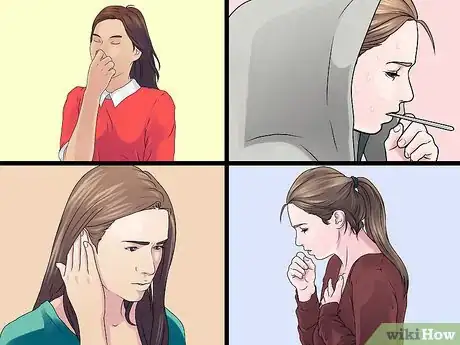


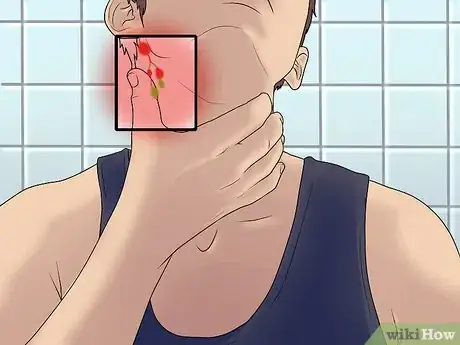


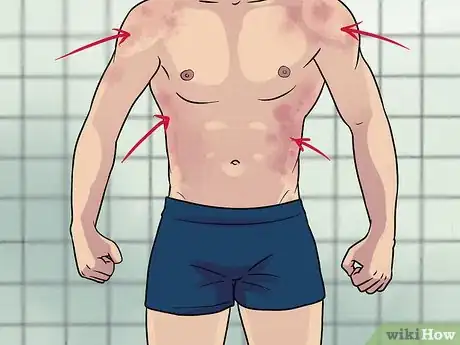
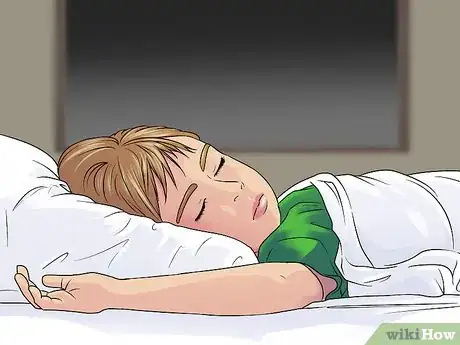

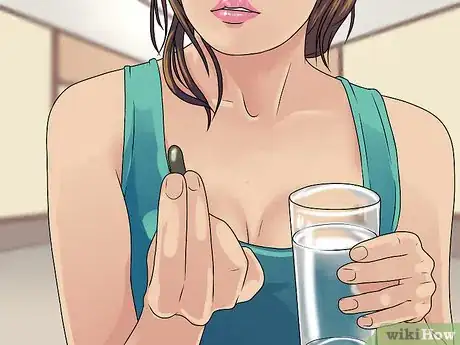

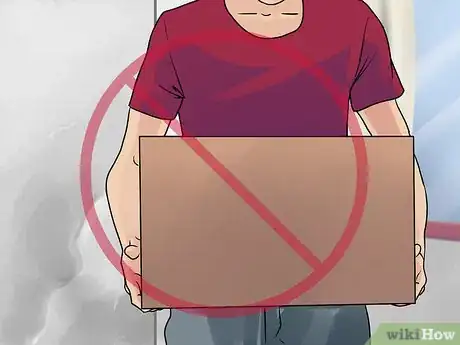
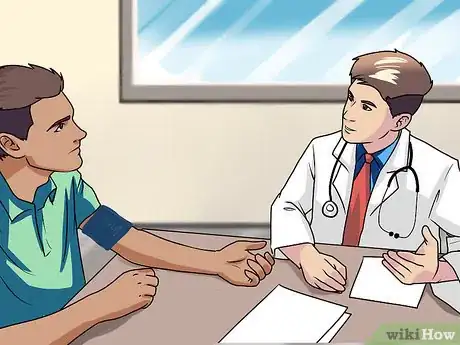
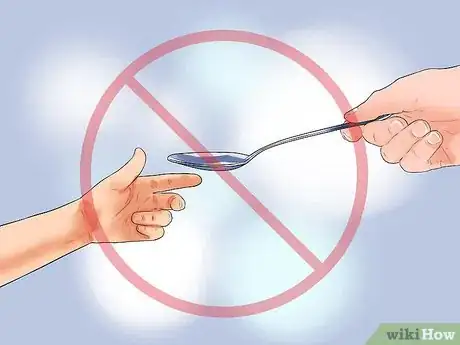
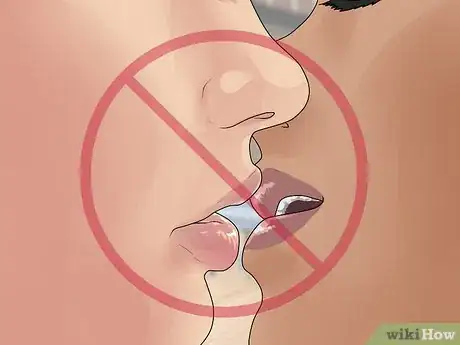

-Step-7.webp)
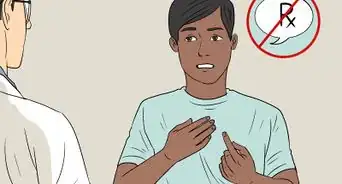

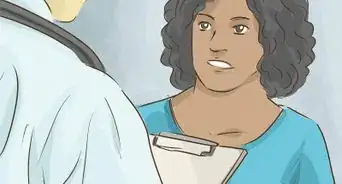
-Step-11-Version-2.webp)

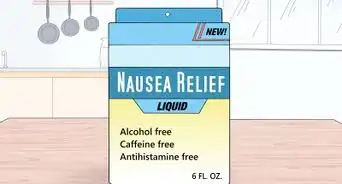



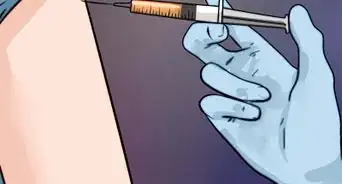
-Step-13.webp)








-Step-7.webp)
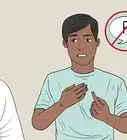
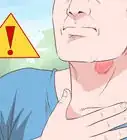




































Medical Disclaimer
The content of this article is not intended to be a substitute for professional medical advice, examination, diagnosis, or treatment. You should always contact your doctor or other qualified healthcare professional before starting, changing, or stopping any kind of health treatment.
Read More...